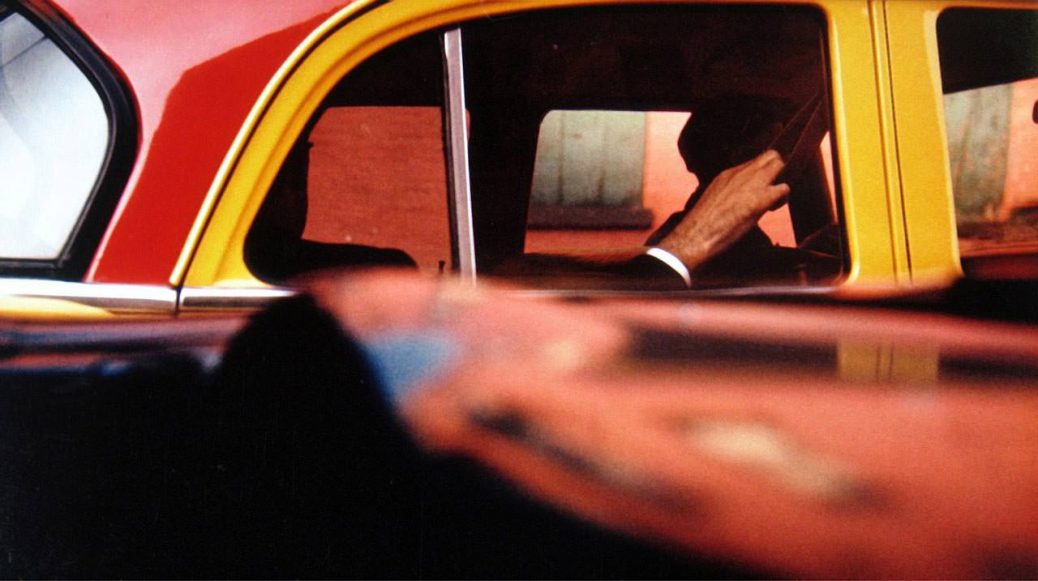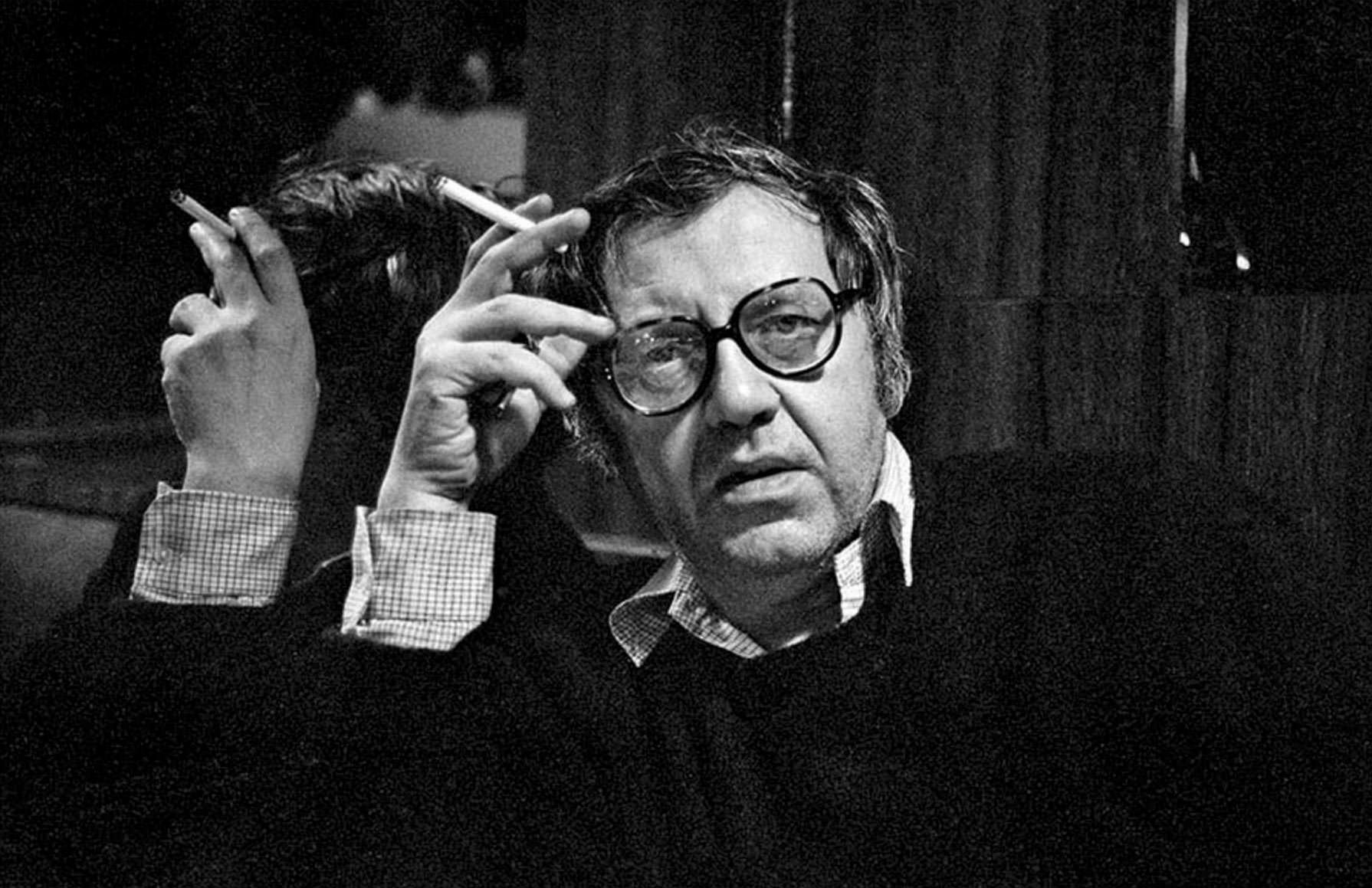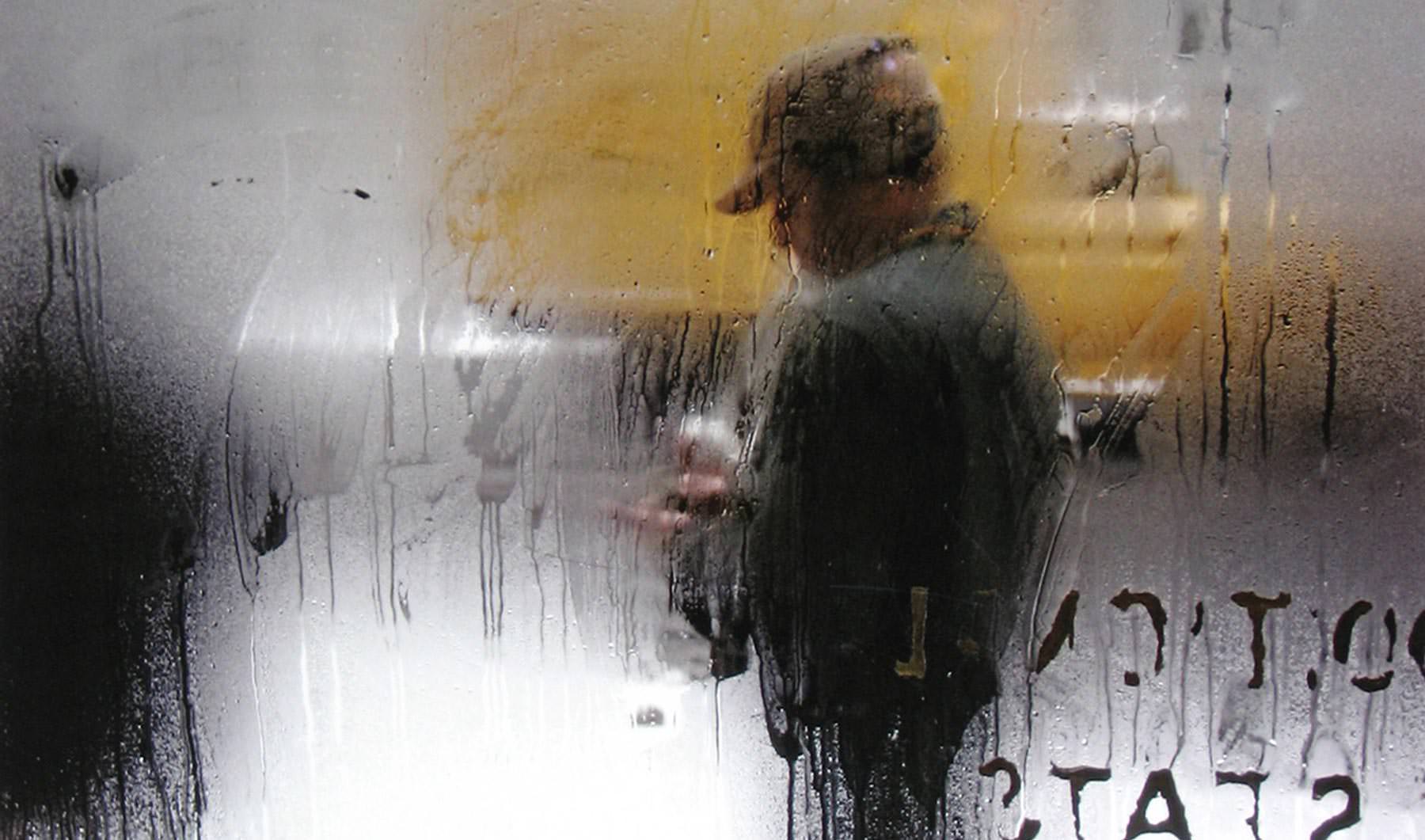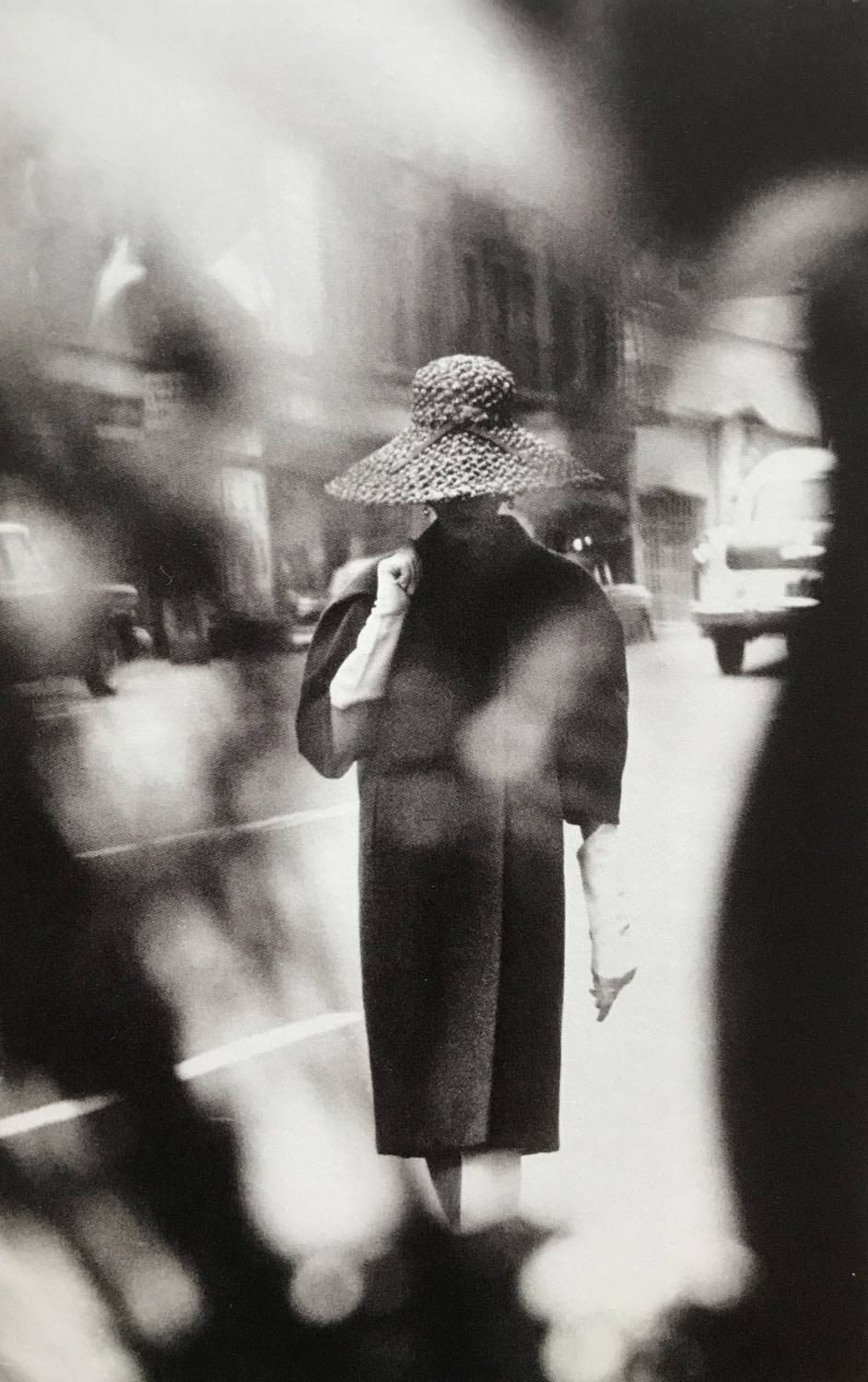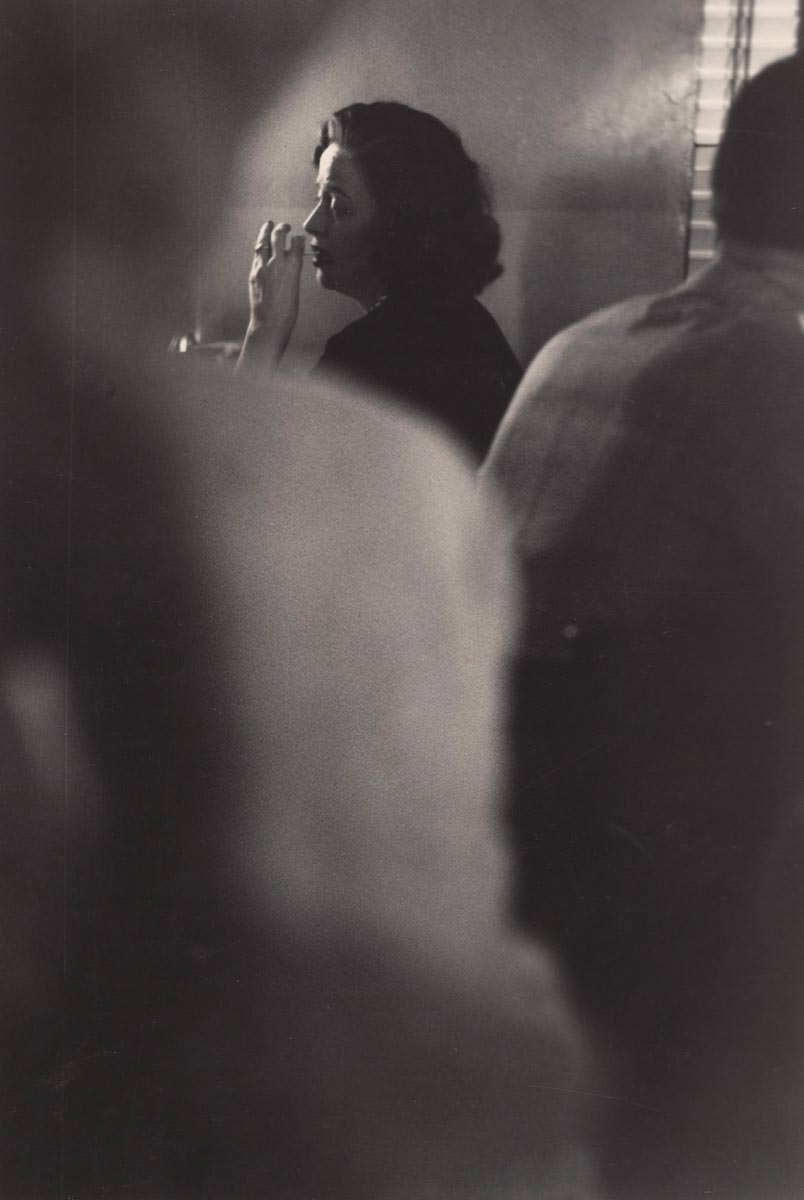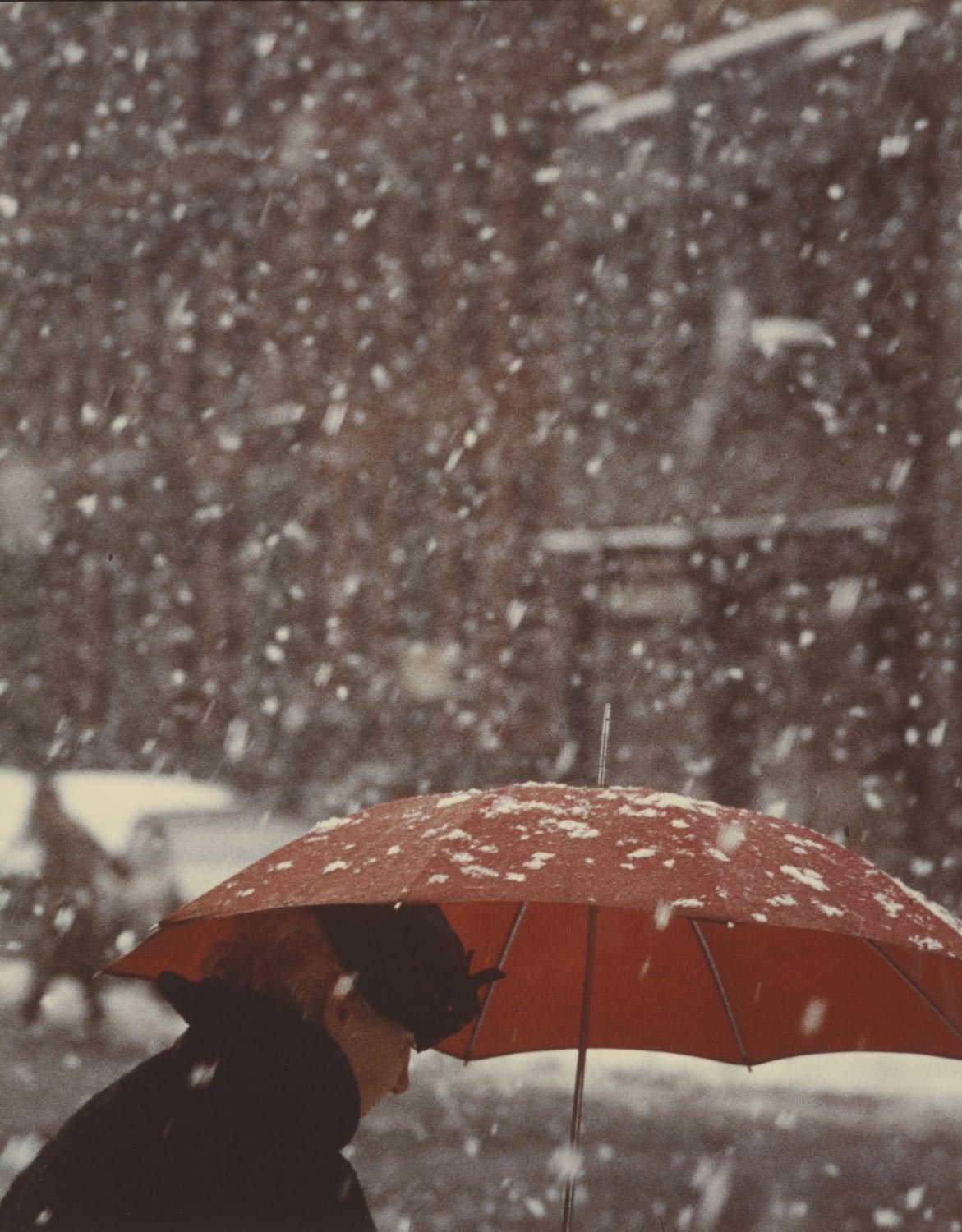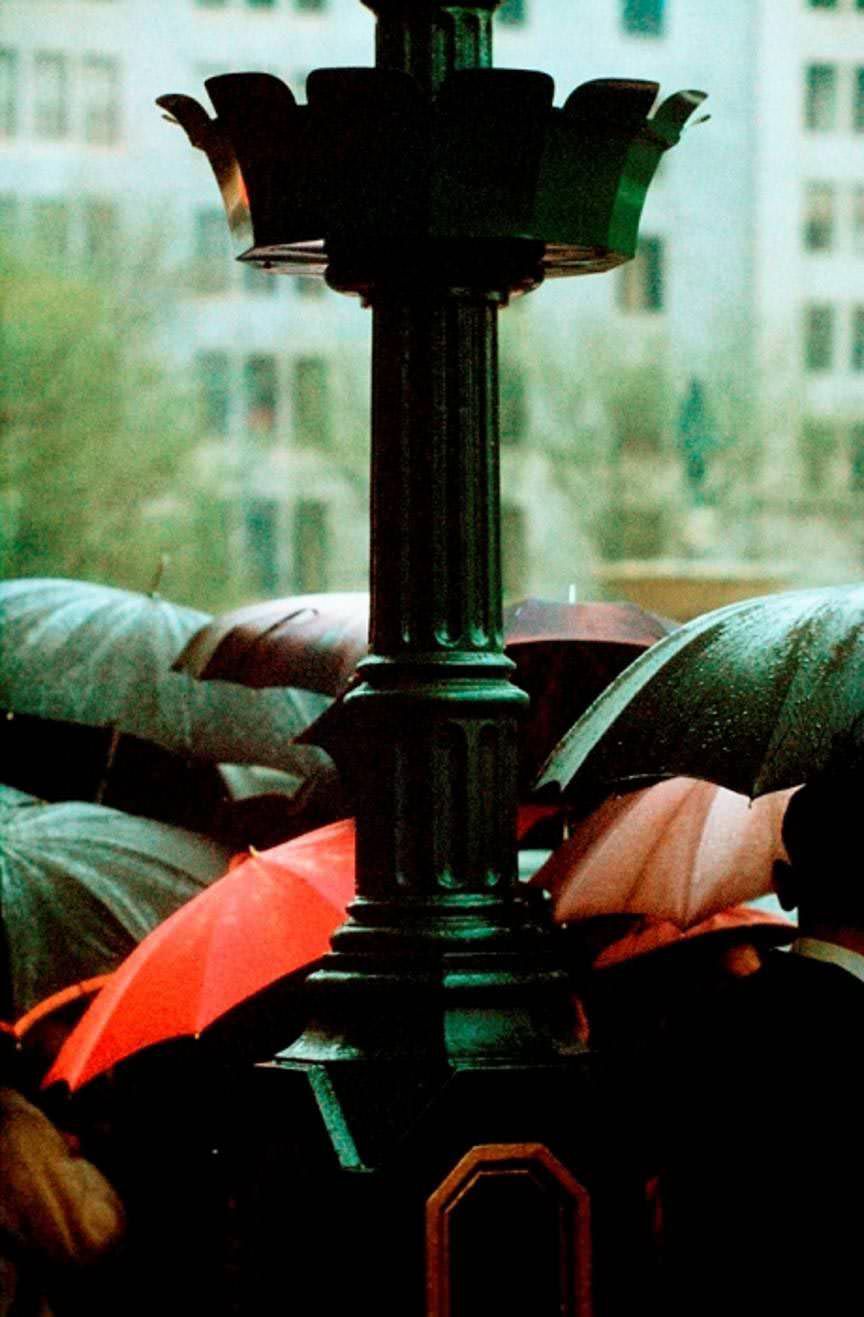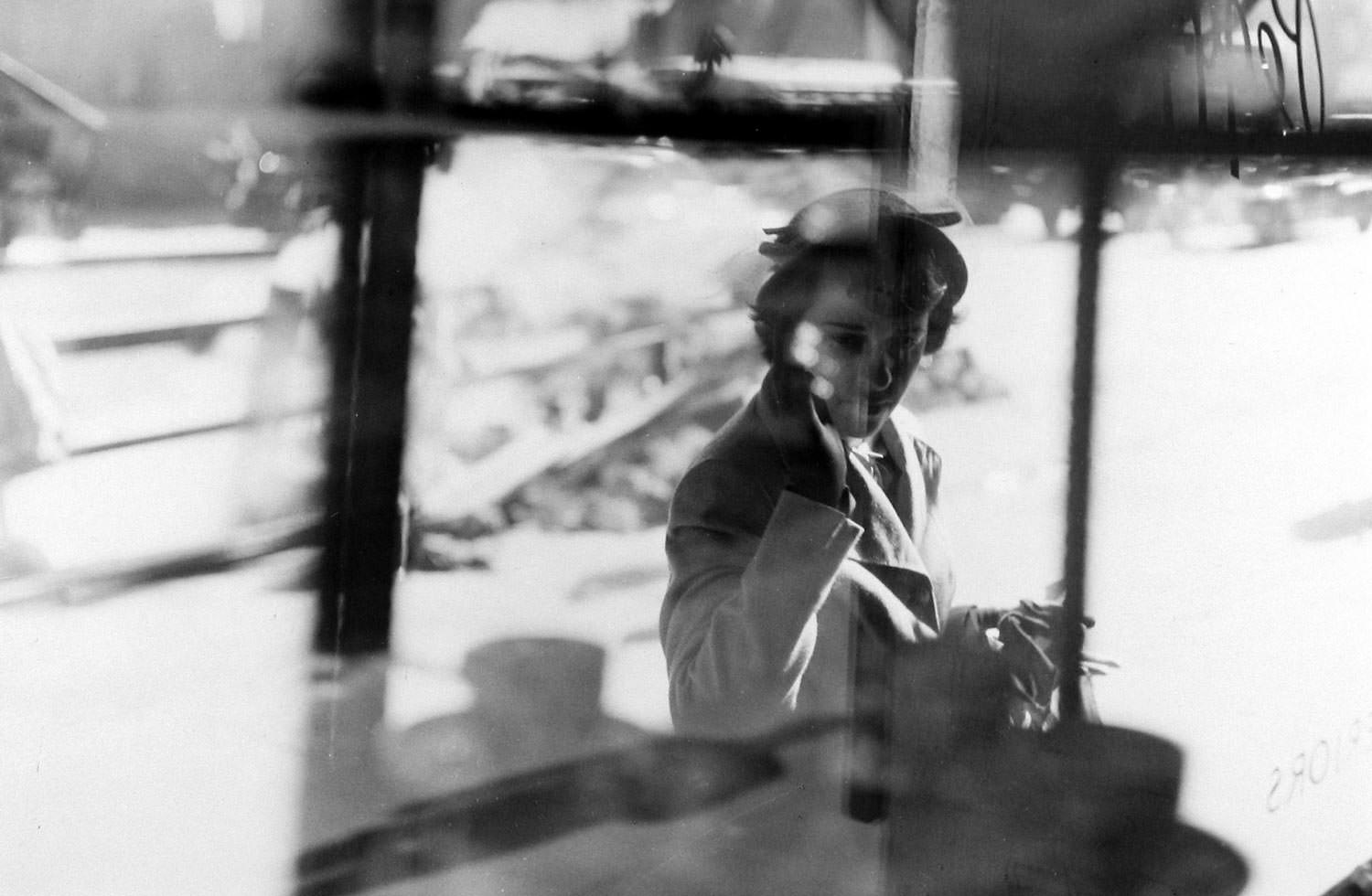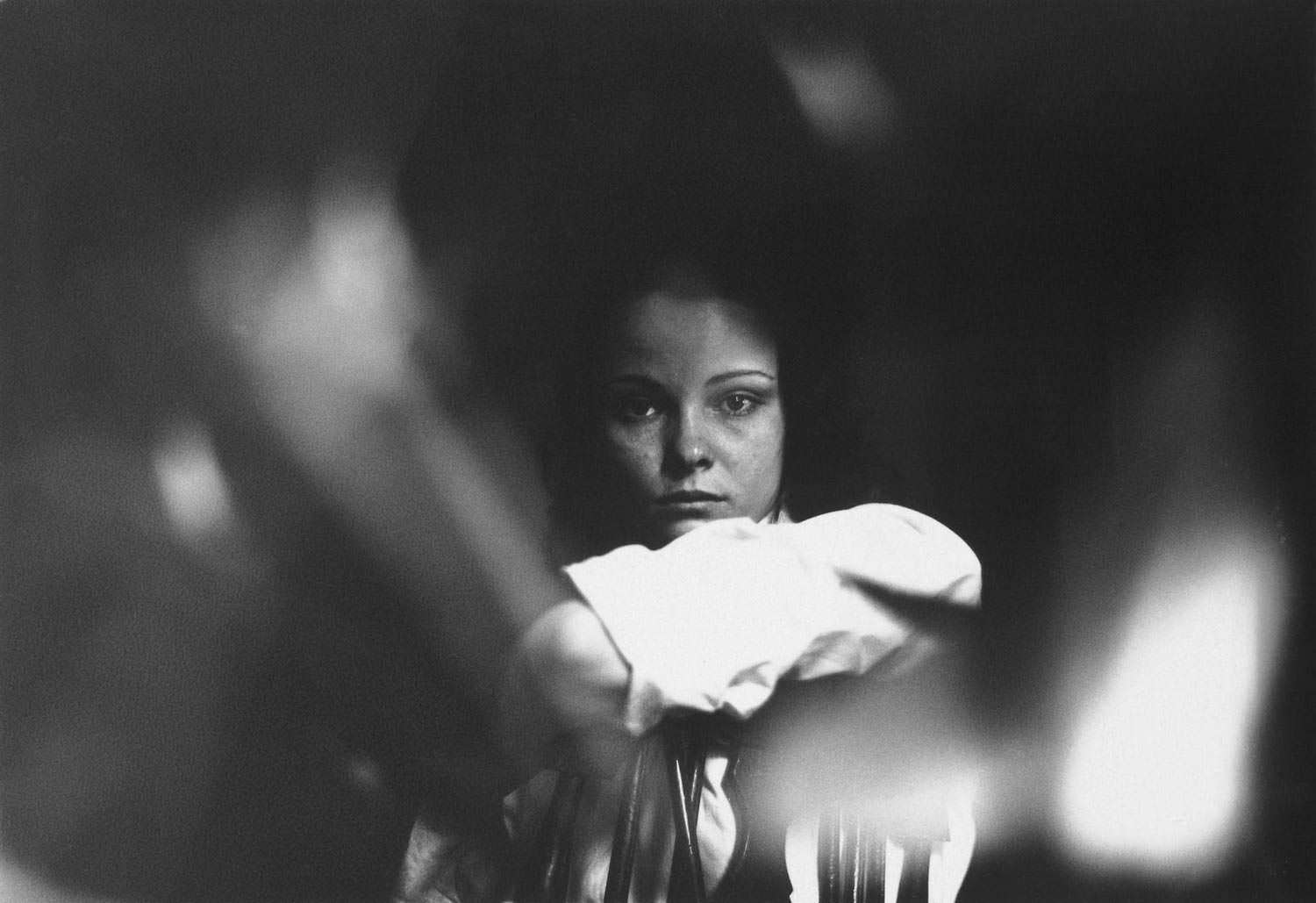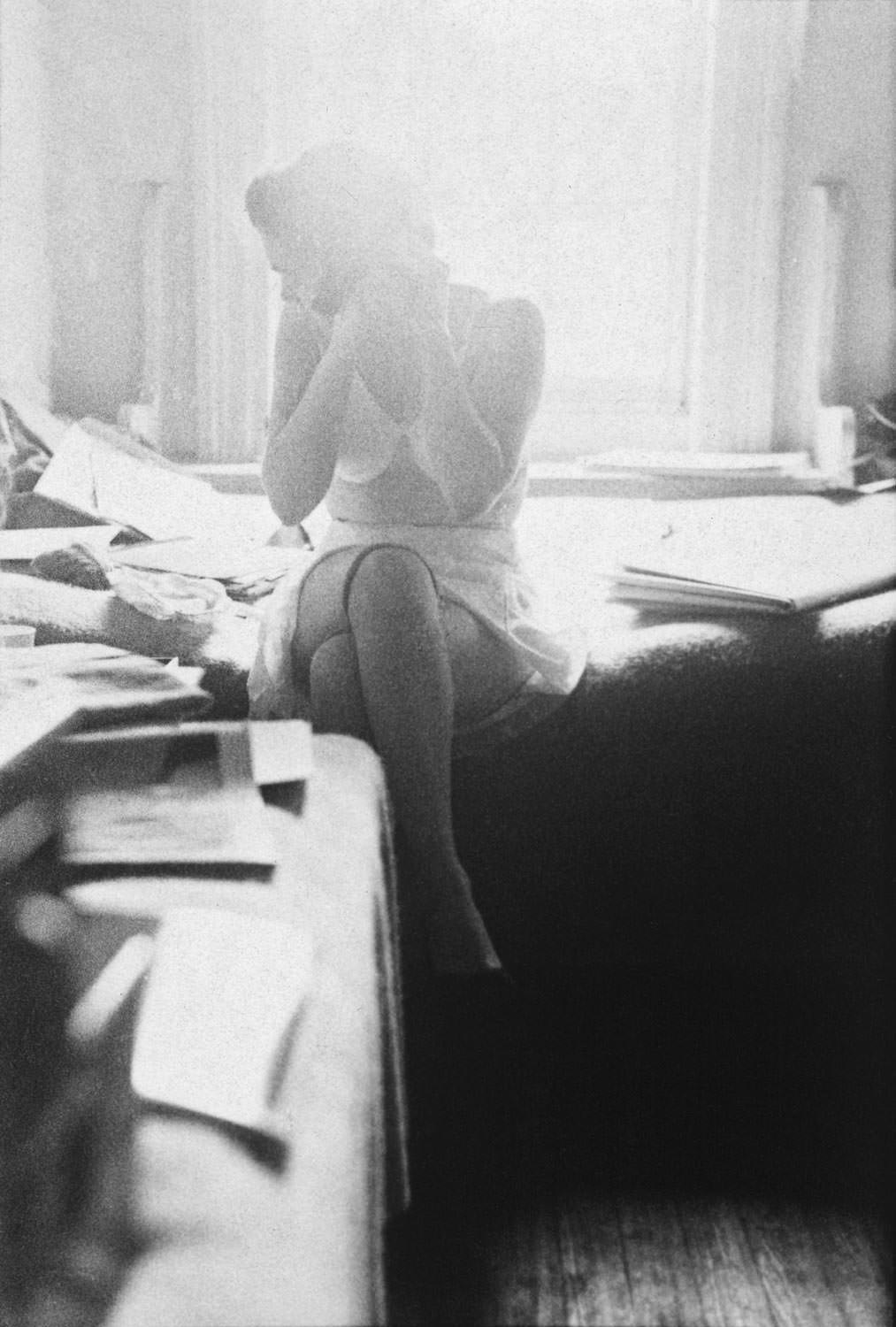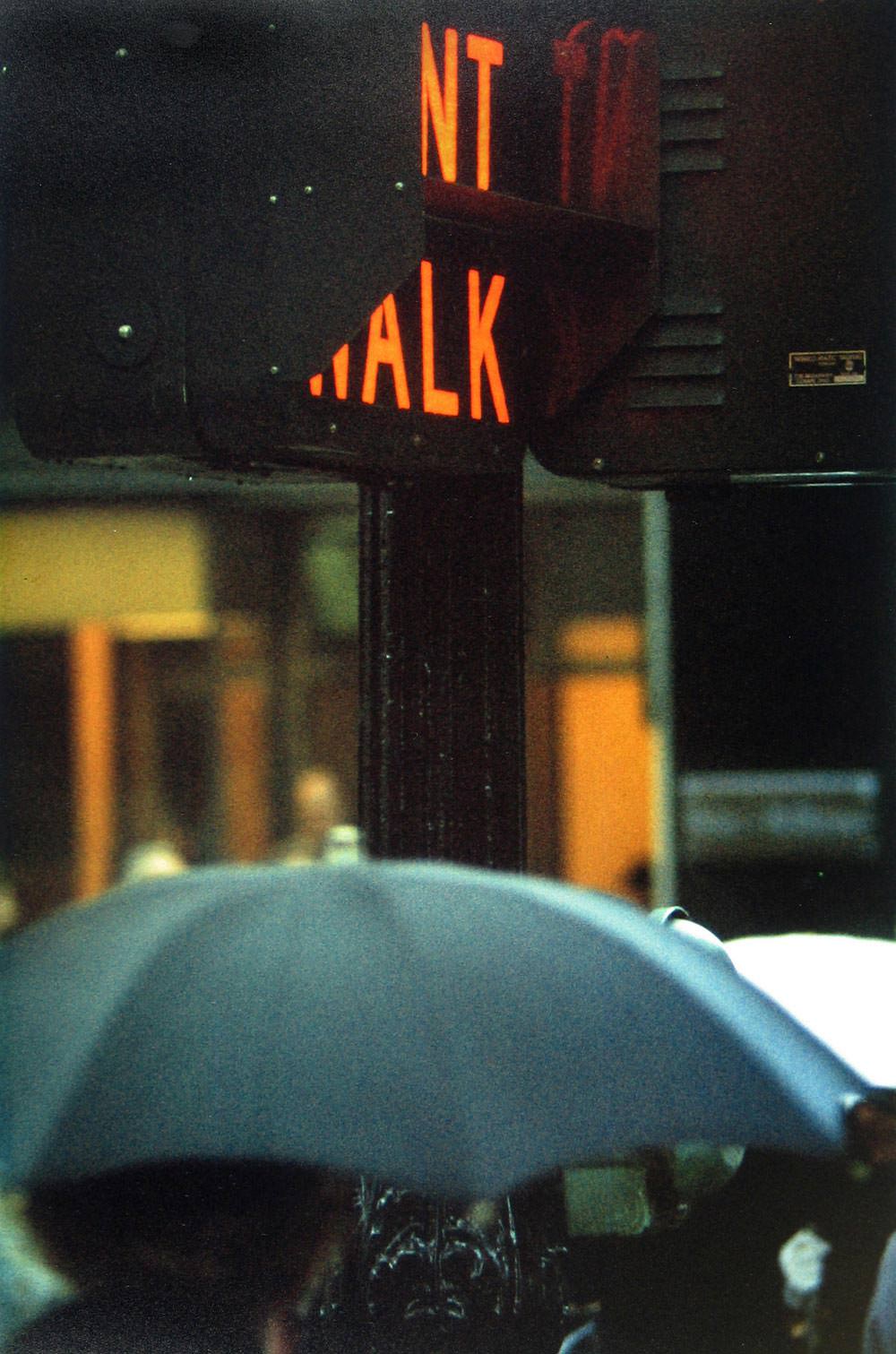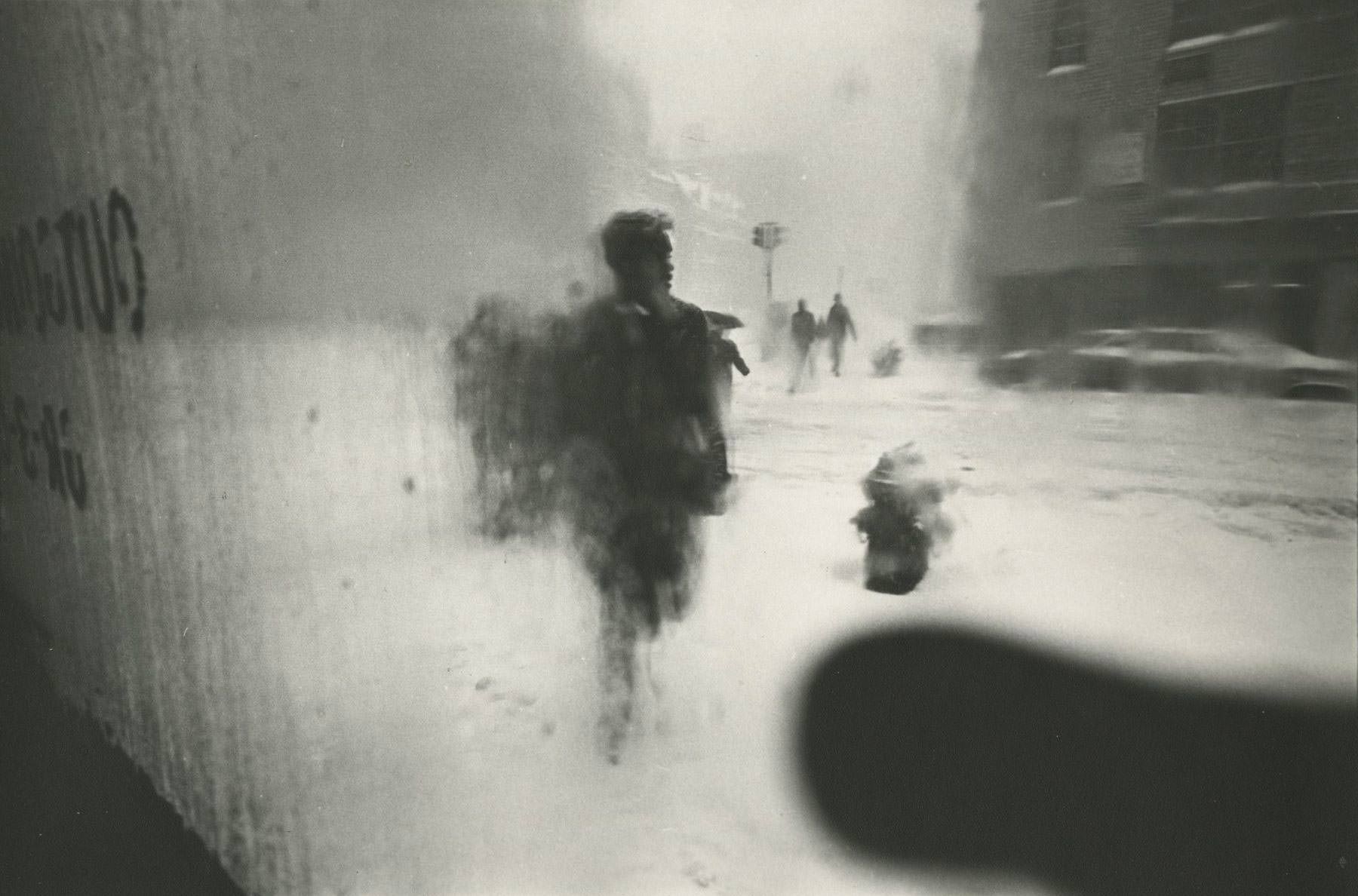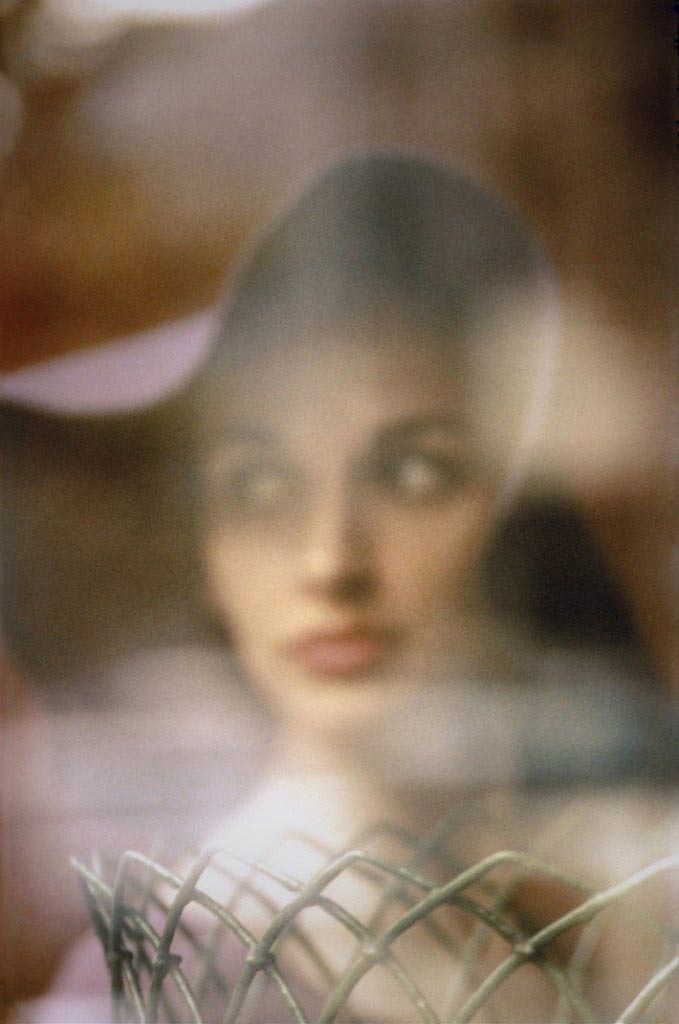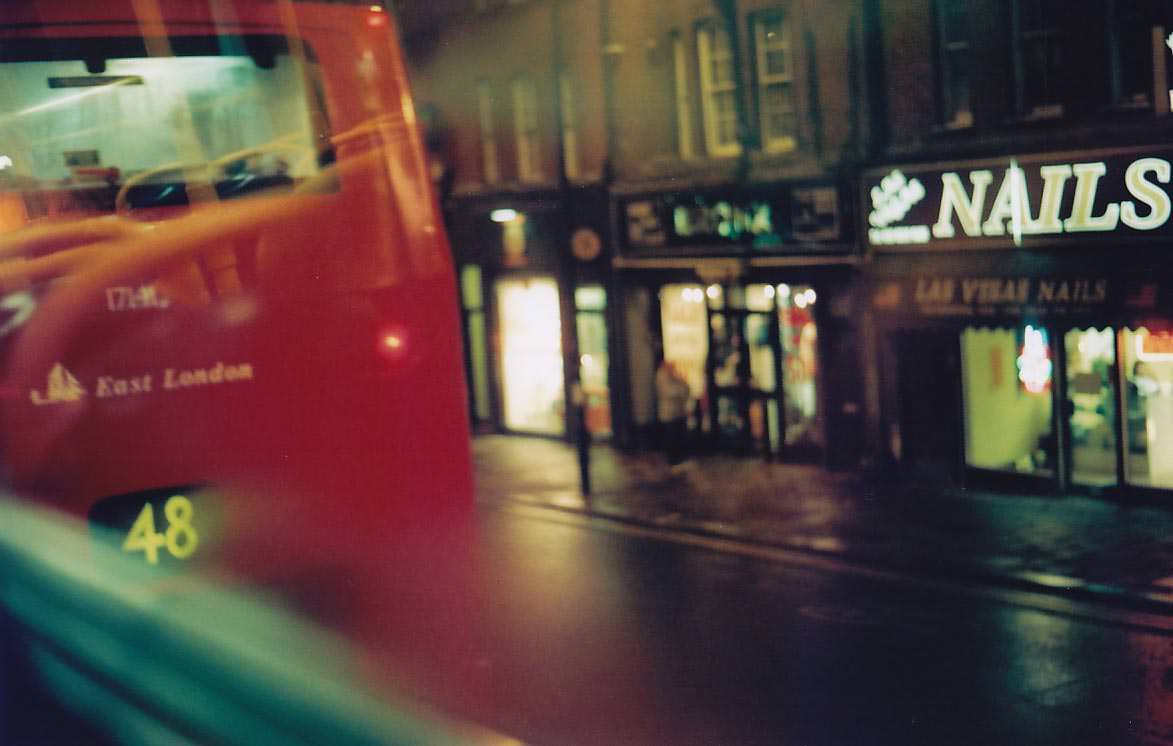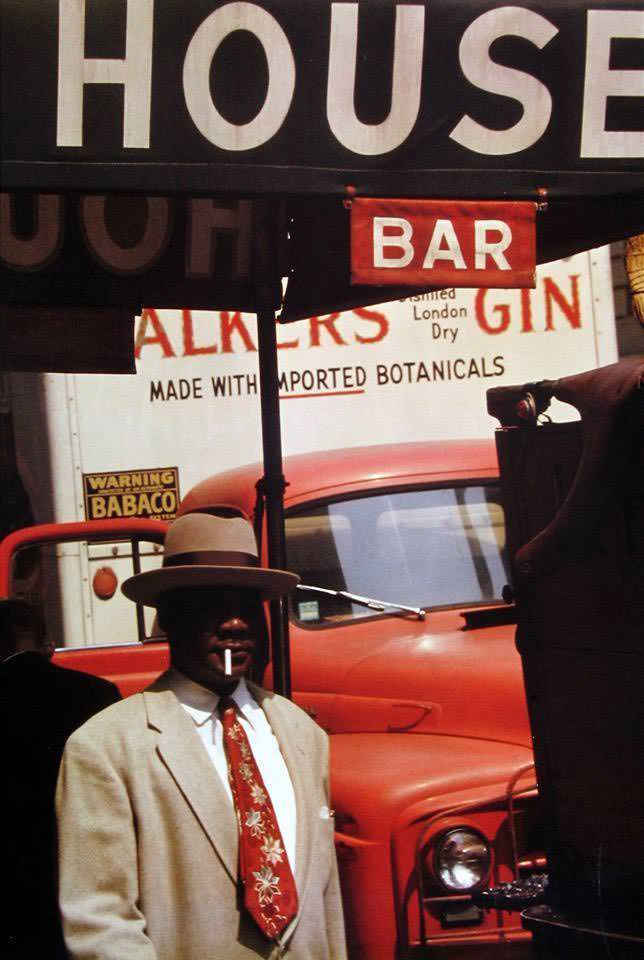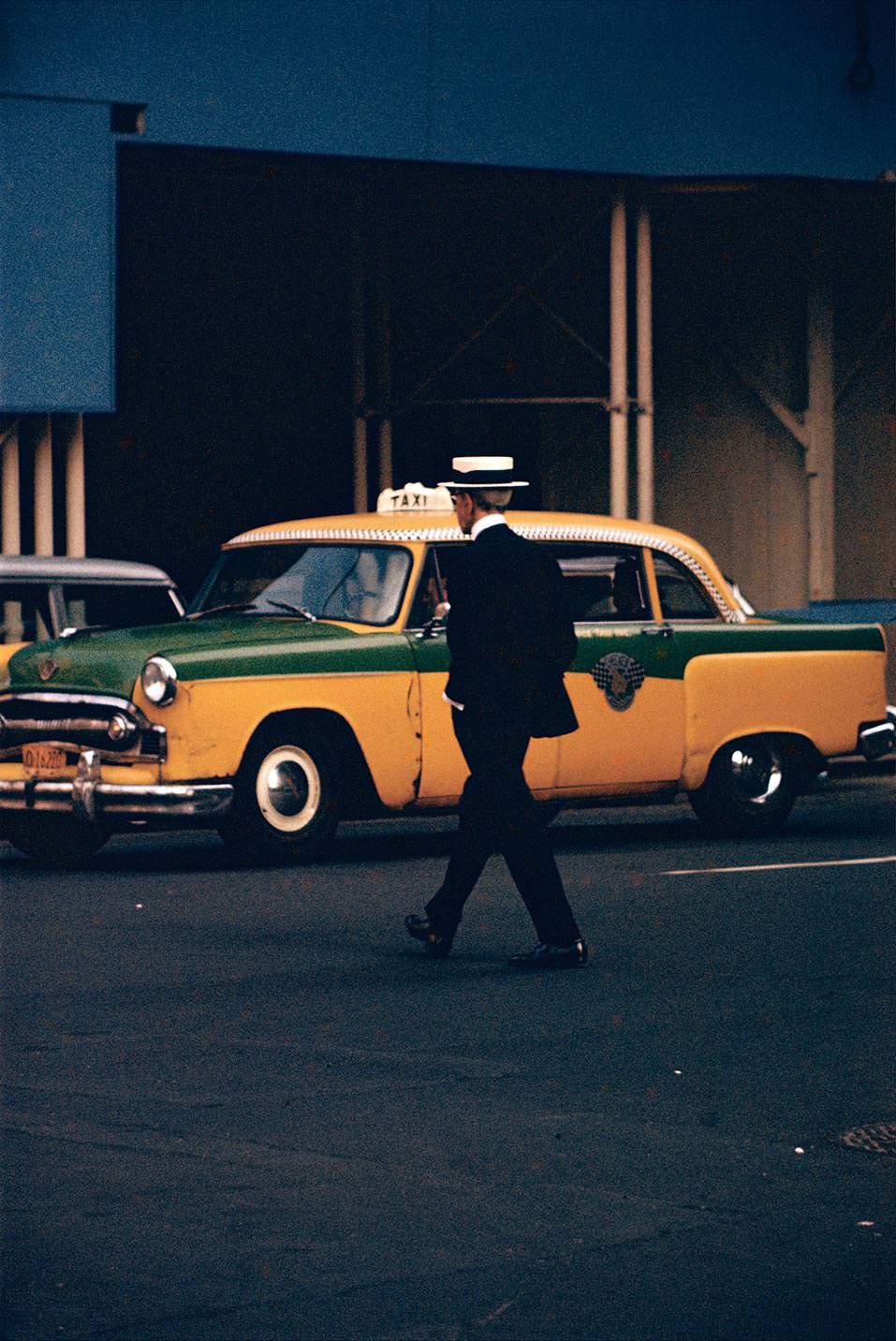Saul Leiter: Retrospective
Exhibition: 5 Jun – 15 Sep 2019
Kunstfoyer
München
Saul Leiter (1923–2013) has only in recent years finally received his due as one of the great pioneers of color photography. This can perhaps be attributed to the fact that Leiter saw himself for a long time mainly as a painter. After coming to New York in 1946, he exhibited alongside Abstract Expressionists like Willem de Kooning before beginning in the late 1940s to take black and white photographs.
Like Robert Frank or Helen Levitt, he found his motifs on the streets of New York, but at the same time was visibly interested in abstraction. Edward Steichen was one of the first to discover Leiter‘s photography, showing it in the 1950s in two important exhibitions at New York’s MoMA. Back then color photography was regarded as “low art,” fit only for advertising. Leiter accordingly worked primarily as a fashion photographer, for magazines such as Esquire and Harper’s Bazaar. Nearly 40 years would go by before his extraordinary artistic color photography was rediscovered.
Edward Steichen was one of the first to discover Leiter’s photography, showing it in the 1950s in two important exhibitions at New York’s MoMA. Back then color photography was regarded as “low art,” fit only for advertising. Leiter accordingly worked primarily as a fashion photographer, for magazines such as Esquire and Harper’s Bazaar.
Nearly 40 years would go by before his extraordinary artistic color photography was rediscovered.
Already in 1946, far ahead of the representatives of the “New Color Photography” of the 1970s (William Eggleston, Stephen Shore), he was one of the first to use color photography, which was despised by artists at the time.
Saul Leiter has always considered himself as a painter and photographer. Both in his painting and his photographs, he tends to abstraction and flatness. Passers-by are not taken into the picture as individuals, but as blurred aesthetic color impulses, overlaid by panes or between house walls and traffic signs. The transitions between abstraction and figurative in his paintings and photographs are almost seamless. He finds his motifs such as shop windows, passers-by, cars, signs, and umbrellas in the immediate vicinity. The blurring in detail, the blurring of movement and the reduction of depth of field, the compensation or deliberate withdrawal of necessary light and the alienation through window views and reflections. All this merges into the color language of a semi-real, semi-abstract urban space. It is the work of an almost undiscovered modern master of color photography of the 1940s and 1950s.
The exhibition is a cooperation with the House of Photography / Deichtorhallen Hamburg and is curated by Ingo Taubhorn and Brigitte Woischnik.
More info on https://www.versicherungskammer-kulturstiftung.de/

